Growing up, dentistry was so scary to me that I would have a hard time falling asleep nights before my exam appointment, thinking, “They’re going to find a cavity, I’ll end up needing a shot, and even after the shot, I’ll still feel it.” A lot happened between those days and my becoming a dentist. Suffice it to say, I sometimes wonder how a kid like me, who was incredibly, incredibly scared of the dentist, ended up becoming one himself.
There’s a lot more to that story, but that’s for another blog post. In this one, I want to put those deeply rooted—and, in many ways, justified—fears to rest and explain how I provide truly pain-free and anxiety-free dentistry, from minor procedures to large surgeries.
Let me start by saying that every patient has a unique health history, and my number one goal is to keep my patients safe. This means that my patients’ past and current health play a significant role in determining their eligibility for certain treatment modalities that I will discuss in this blog post. Safety and happiness are always my top priorities.
Now, even if my patients’ current health presents a roadblock to treatment, I am often able to work alongside them and their other healthcare providers to get them to a healthier place where treatment can be safely accomplished. This allows me to help my patients vastly improve their quality of life in a safe and effective manner.
My goal is to meet patients wherever they are in their dental journey, and if that means going the extra 10 miles, I’m not a runner—but I’ll lace up my shoes and make it to the finish line for them because they deserve that as human beings. No one deserves to be treated like a number, handled roughly, or treated without compassion. Just thinking about that is deeply upsetting to me.
Let’s talk about some different modalities of sedation first. Many patients, myself included, greatly fear the shot—it’s plain scary and uncomfortable. The next fear is feeling the procedure even after the shot, and even if I don’t feel it, I still fear the noise and the vibration. Our bodies are right to fear these things; they’re inherently unpleasant, and it’s a natural response to want to protect ourselves.
However, in the 21st century, we have developed advanced ways to reduce and even eliminate these fears through various methods. One common method is Nitrous Oxide, also known as Laughing Gas. We use a small, comfortable nitrous hood that gently fits over your nose and comes in fun flavors like bubble gum, mint, or even plain if you prefer no flavor.
Nitrous effectively reduces anxiety for most patients and significantly decreases the perception of pain. Imagine this: if your friend said, “I’m going to pinch your arm,” not only would you no longer feel scared of the pinch, but when they, of course, follow through with the pinch, you’d hardly even feel it. That’s the magic of Nitrous Oxide—it makes the entire experience far more manageable and comfortable.
Now, while Nitrous Oxide is highly effective for some procedures and some patients, it may not be enough for certain procedures or patients—and that’s totally okay because every patient and every procedure is unique.
The next form of sedation is administered as an oral tablet that takes about 35–40 minutes to take effect. This tablet produces effects similar to Nitrous but is more profound and doesn’t require the use of a nasal hood. This oral tablet specifically targets the elimination of anxiety and fear.
In some cases, we combine Nitrous Oxide with oral tablet sedation to achieve an increased and synergistic effect. This combination produces a very profound result and is highly effective.
The final level of sedation in our outpatient clinic is IV moderate sedation, which is also the safest form of IV sedation. With this method, an IV is placed, and medications are administered to gently place our patients in a twilight sleep where they feel comfortable and happy.
But wait—I, myself, dislike and fear nothing more than getting my blood drawn or having an IV placed, so that doesn’t sound fun at all. The amazing part about the IV placement is that I use oral tablet sedation and/or Nitrous Oxide sedation to completely remove the anxiety and sensation of having an IV placed. This means that even the placement of the IV is anxiety and pain-free.
Even after all the sedation modalities I’ve briefly covered, there are additional techniques to reduce and eliminate anxiety and pain. Having gentle, compassionate clinicians who take the time to listen and possess highly advanced skills plays a major role.
Simple yet impactful techniques include drying the tissue before applying a topical numbing gel, placing sterile cotton gauze over the gel to prevent it from tasting bad or spreading everywhere, allowing the gel to set for an ample amount of time, and using proper, gentle injection techniques. Avoiding spills of unpleasant-tasting anesthetic, providing noise-canceling headphones and tinted glasses, ensuring a comfortable environment and chair, and giving the anesthetic ample time to take effect are all crucial aspects. Even after treatment is accomplished, managing post-operative pain or discomfort with the correct pharmacology and recovery measures is also incredibly important.
There are countless details that go into creating a truly effective and comfortable environment for treatment, and these small yet thoughtful measures make all the difference for my patients.



Leave A Comment